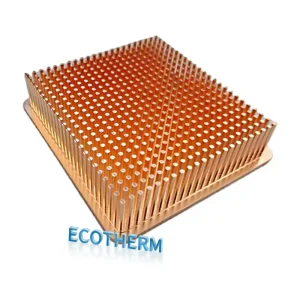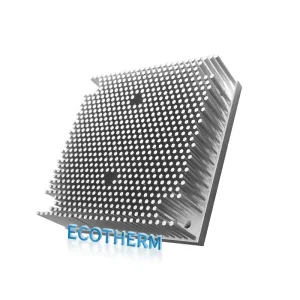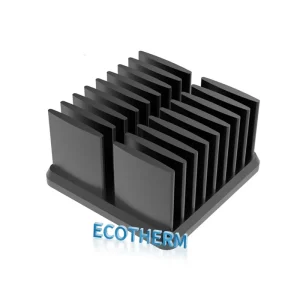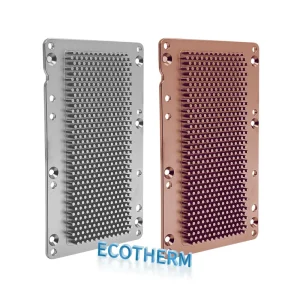Custom
Forging Fin Heat Sink
Tailored Solutions for High-Power Applications
Free Custom Design
Free Thermal Analysis
Best Price Guaranteed
24 Hours Feedback
Explore Our Range of Tailored High-Power Designs
Forging Heat Sink Case Product Display
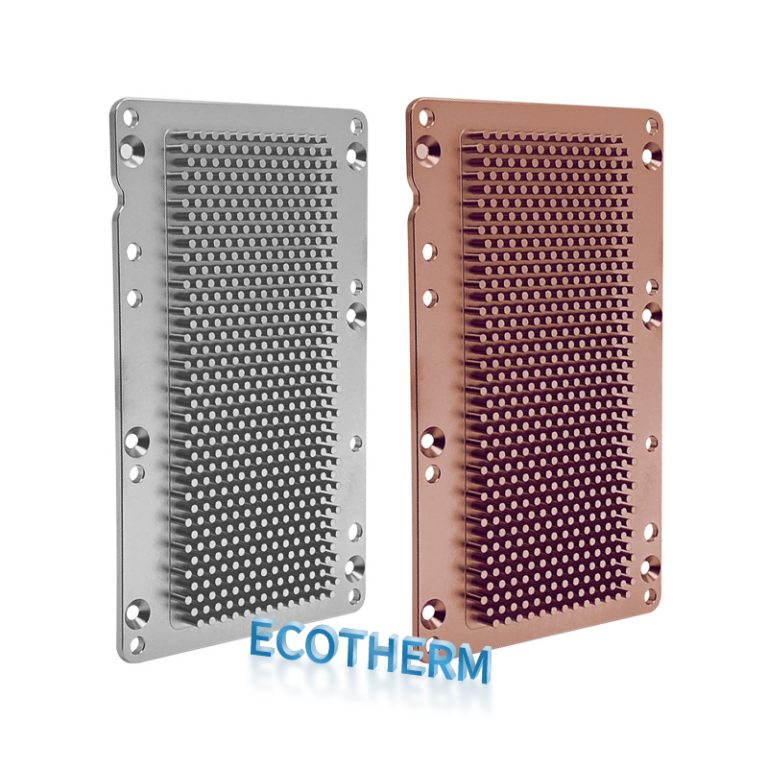
Aluminum & Copper Pin Fin Heat Sink
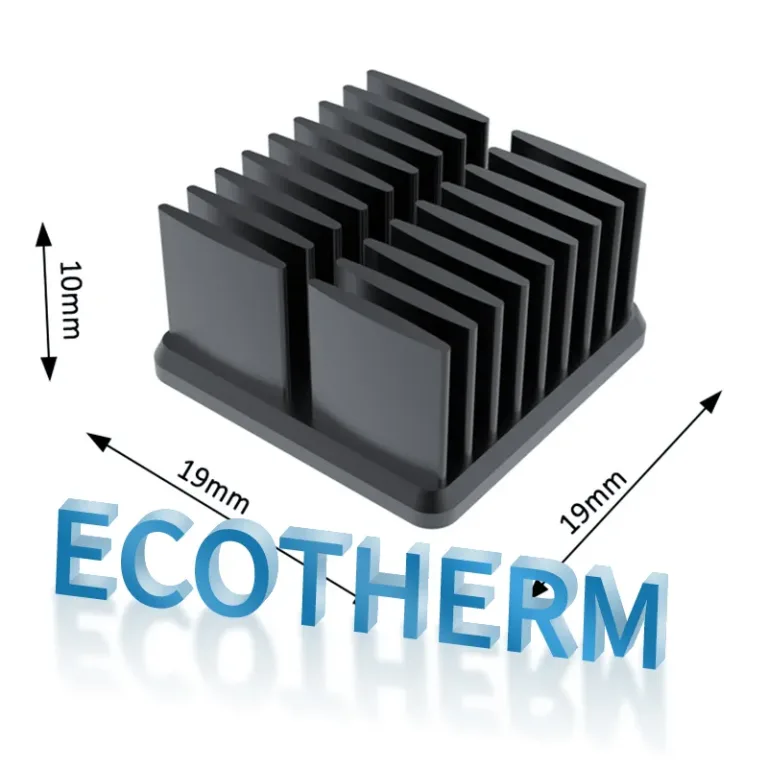
Highly Precise Cold Forging Heat Sink
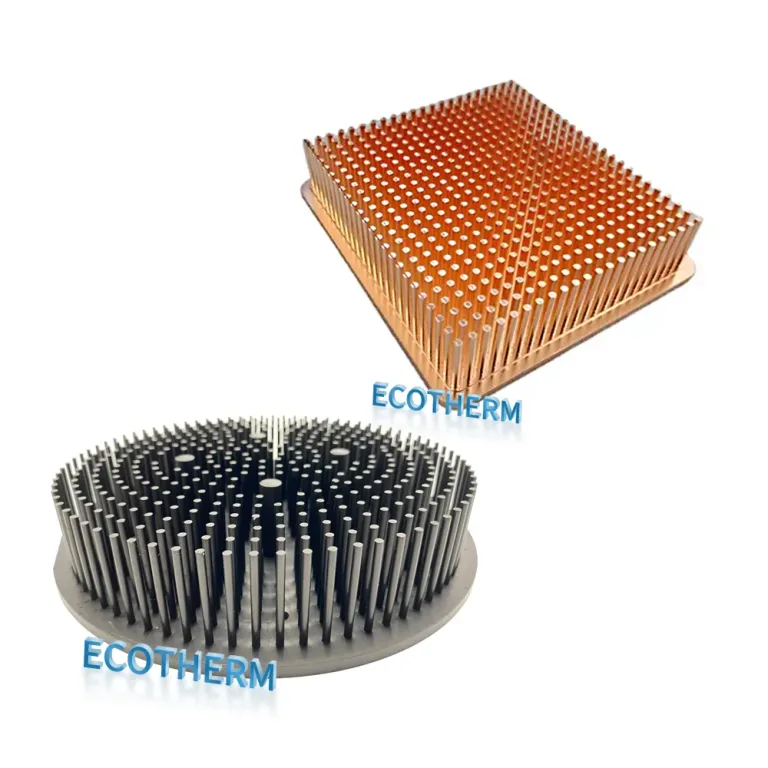
Elliptical or round fin cold forging heat sink
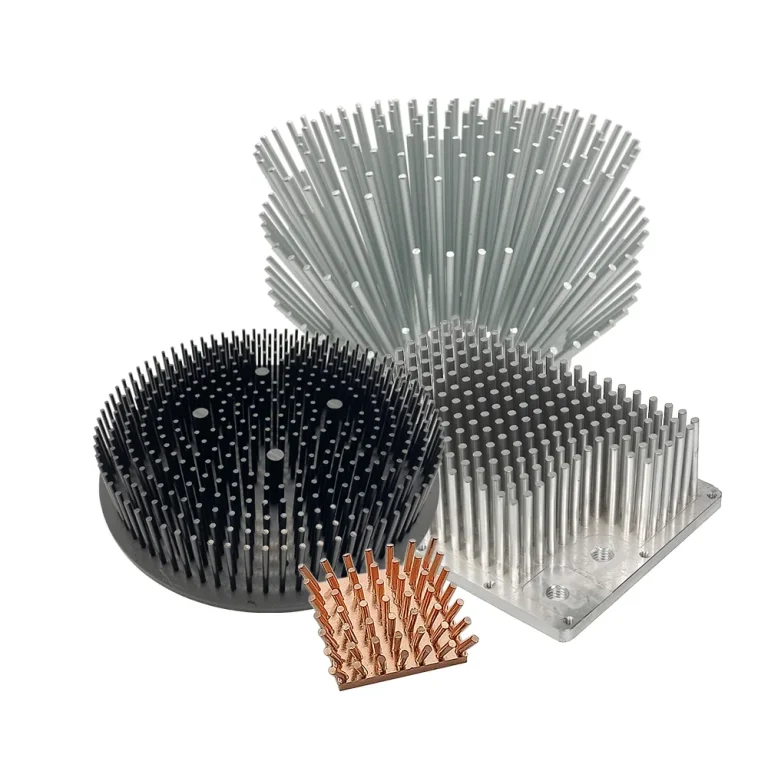
LED cold forging heat sink
Customize your own heat sink?
Forging Heat Sink
What is Cold Forging
Cold forging is a forming method that shapes metal materials at room temperature by applying compressive forces without heating. Utilizing the plasticity of metals, it is also termed “plastic forming.” This process minimizes metal scrap generation during production due to material deformation.
Additionally, room-temperature processing ensures excellent dimensional accuracy, enabling high-speed production of intricate geometries at rates of approximately 100 units per minute.
Characterized by high material efficiency, precision, and rapid throughput, cold forging is recognized as an environmentally rationalized manufacturing technique.

Cold forging production process
1.Material Selection
Choose a suitable material, such as steel, aluminum, or copper, that can withstand the forging stresses.
2.Lubrication
Lubricate the material to reduce friction and aid flow during forging.
3.Molds and Tooling
Use custom-made molds, made of harder materials, to shape the workpiece.
4.Forging Process
The workpiece is placed between molds, and a press applies force to deform it into the mold shape.
5.Trimming and Finishing
Trim excess material and apply finishing processes like cleaning, heat treatment, or surface treatment.
What Are The Advantages Of Forging Heat Sinks?

Cold forging is one of the manufacturing methods used to produce cold forging heat sinks. It enables the creation of heat sinks in a single, unified structure. The cold forging process relies on the principle of plastic deformation of metal materials. Under high pressure and controlled speed, a metal block is deformed within a mold at room temperature to achieve the desired shape.
The advantage of the cold forging process is that it eliminates the need for heat treatment, reducing energy consumption and waste emissions. Cold forging heat sinks have an integrated design, which enhances thermal conductivity and heat dissipation performance. This process also improves production efficiency, significantly shortens production cycles, and minimizes metal waste, resulting in higher material utilization. Furthermore, custom heat sinks can be tailored to meet specific application requirements, offering an ideal solution for diverse thermal management needs.
What Are The Advantages Of Forging Heat Sinks?

Forging enhances heat transfer efficiency.
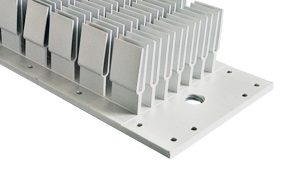
No weld seams, improving stability.
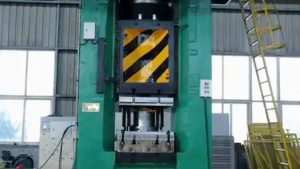
Reduces production time and costs.
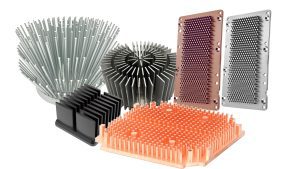
Increases pressure resistance and durability.
Crafting Custom
Heatsinks for Your Needs
Email: Support@ecothermgroup.com
Feel free to get in touch with us to discuss your project specifics, request quotes, or inquire about our capabilities.
Our team of experts is dedicated to delivering top-notch quality and precision in every heatsink we produce
Free 24 Hours Feedback Thermal Analysis
Focus On Customized Cooling Solutions
22 Years Experiences OEM Factory
Send Your Drawing For Evaluation
CONTACT ECOTHERM
Please contact us to get in touch with our experts. We can provide design services for your project and thermal simulation services within 24 hours.
Note: Ecotherm does not provide a standard thermal model.We focus on providing professional design and production services for your new projects


